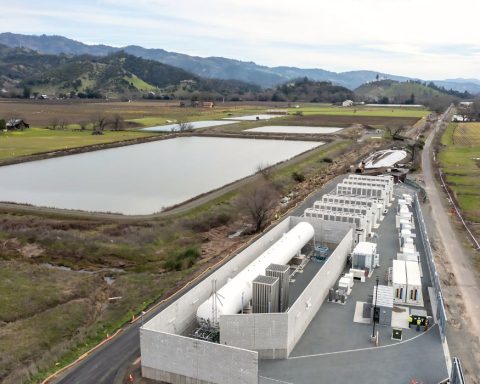The latest report from the Intergovernmental Panel on Climate Change made waves when it suggested that in addition to deep and immediate cuts to carbon emissions, the world needed to get serious about deploying carbon-removal technologies to draw a trillion tonnes of carbon out of the air. Here are some contenders for where we could store all of that carbon:
 Forests
Forests
While one study suggested that planting half a trillion trees could draw down a quarter of the world’s carbon, monoculture tree plantations aren’t the answer. Protecting existing forests, combined with rewilding, may be the ticket. A 2020 study said rewilding 15% of farmland could sequester 299 gigatonnes of CO2 per year.

Soil
Many studies estimate that the wold’s croplands could sequester four to five gigatonnes of carbon per year. Others say more realistic estimates are a fraction of a gigatonne each year. Researchers are working to find ways to measure this at scale, as soil can vary dramatically, even from one part of a farm to another.

Bunkers
Researchers say captured CO2 can be stored underground, in oil and gas reservoirs, un-minable coal seams and geological formations (including Albertan caves). The U.S. Geological Survey estimates the United States could store approximately 3,000 gigatonnes of carbon dioxide this way.

Cement
Cement is responsible for 8% of global carbon emissions, but the building material isn’t something we can transition away from. Researchers estimate we can sequester 0.1 to 0.4 gigatonnes of CO2 from the sector by 2050, but so far carbon-capturing cement technologies provide limited gains.

Plastic
Up to 8% of global oil supplies go to making plastic. Can we swap that out with captured CO2? A handful of companies are piloting “low-carbon plastics,” such as polyurethane foams made of 20% CO2. Critics caution against injecting CO2 into single-use plastics mostly destined for landfill.

Consumer products
A growing number of consumer goods are using recycled carbon. One vodka brand claims to convert a pound of air-derived CO2 into pure ethanol. Unilever is piloting laundry pods made with sudsing surfactants partly derived from CO2 captured from a factory. Scaling potential: to be determined.







